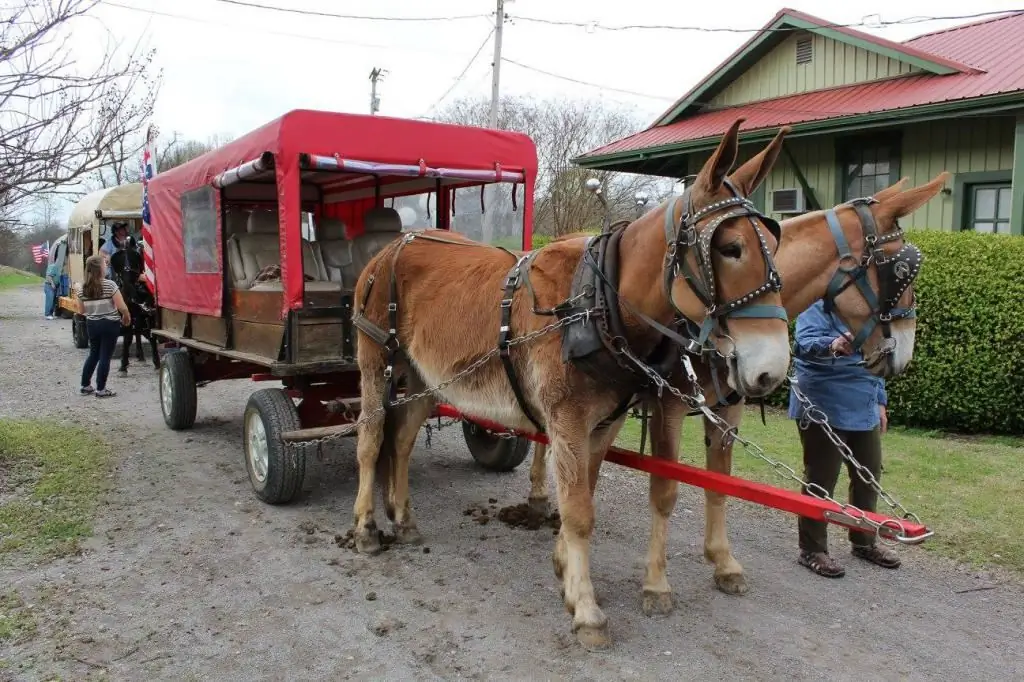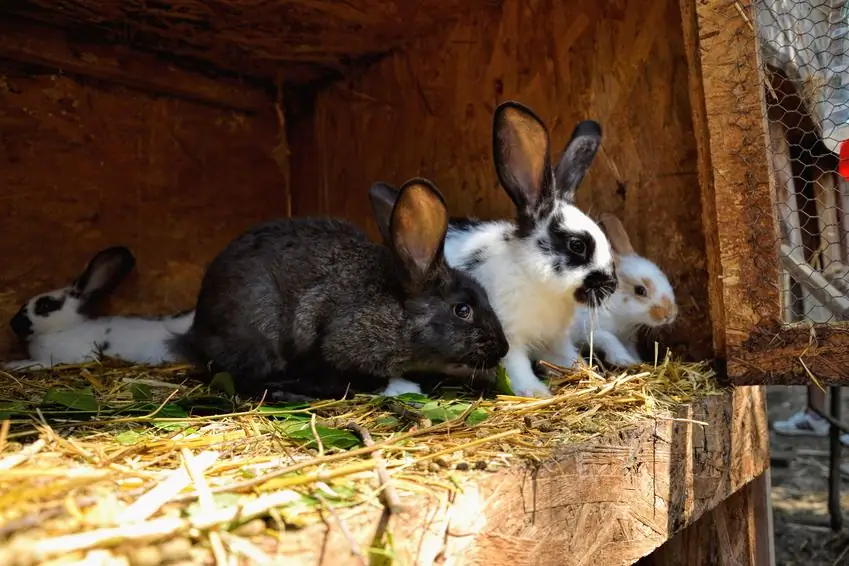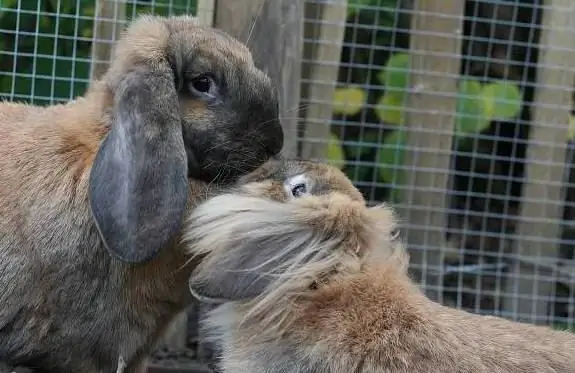2025 Author: Howard Calhoun | [email protected]. Last modified: 2025-01-24 13:10:35
Horses have long ceased to play a significant role in the life of mankind, like some hundred years ago. Powerful trucks and a variety of agricultural machinery have replaced four-legged workers. Nevertheless, they have a place in modern times, some breeds do not lose their popularity. These include the Shetland pony. This is one of the most numerous breeds in the world. They are common in Europe, Asia, Africa, Australia, America.
Pony
Pony refers to a subspecies of the domestic horse. Translated from the Galic ponaidh - a small horse. A distinctive feature of the subspecies is a small stature. In different countries, “small” has different meanings:
- in Russia, horses up to 110 cm tall are classified as ponies;
- in Germany - up to 120 cm;
- in England - 147.3 cm;
- in the West they include individuals whose height does not exceed 152 cm.

The discrepancy in numbers does not prevent "donuts" from remaining at the peak of popularity. Each owner chooses a horse according to his needs. Someone needs a very tiny one, as a pet - exclusively for "kissing", and someone plans to compete.
Origin
Shetland archipelago separates the North Sea and the Atlantic Ocean. It is the northernmost land of the British Isles. The archipelago has 117 reefs and islands, only 24 of which are inhabited. Deserted, treeless fells, harsh climate, sparse vegetation, wetlands, dampness, constant winds - this is how the birthplace of the breed called the Shetland Pony can be described.
There is absolutely no exact information about the origin of the breed. They were first discovered in 500 BC. According to scientists, these are possible descendants of the "tundra" ponies. They may have come to Scotland from Scandinavia ten thousand years ago.

According to another version, back in the 1st-4th centuries, ponies were brought to the islands by the Picts (the oldest inhabitants of Scotland). At that time, the territory was covered with forests, they completely disappeared in the 9th-10th centuries due to climate change. In such conditions, few animals managed to survive: sheep, field mice, hedgehogs and the Shetland pony. Growth, endurance, strength of the constitution - according to such signs, there was a centuries-old natural selection. Isolation contributed to the natural breeding of the breed "in itself". Attempts to bring ordinary horses to the archipelago were unsuccessful.
Description
Shetland pony(described below) has a recognizable appearance, reminiscent of heavy trucks in miniature. A thoroughbred representative must have the following characteristics:
- height at the withers - 65-110 cm;
- weight - up to 200 kg;
- strong constitution;
- the head is small, proportional,
- wide forehead;
- straight profile, sometimes concave or hook-nosed (both options are undesirable);
- eyes are large, widely spaced ("magpie eye" is undesirable, can be of different colors);
- mouth small;
- wide nostrils;
- ears set correctly, small;
- muscular neck with high output;
- body wide;
- chest well developed, wide, deep;
- belly sagging, voluminous;
- back wide, short, muscular;
- croup straight;
- legs are bony, strong, short:
- front: without interceptions, correctly set, with a developed carpal joint;
- rear: correctly set ("O"- and "X"-shaped set-ups are undesirable), clearly defined hock joint, metatarsus developed, dry;
- hooves - rounded, with a hard hoof horn (as a rule, animals are not forged);
- coat - thick undercoat, long coat;
- tail and mane are lush;
- suit - the most diverse, often piebald (purebred mostly black);
- life expectancy is 30-40 years, the recorded record is 54 years.

Reproduction is no different fromordinary horses. Due to the small size of the mares, the presence of a veterinarian at the birth is desirable. One or two foals are born. The selection of animals is carried out taking into account the rules for breeding farm animals. The Shetland pony is a very strong horse, in terms of live weight, they are able to carry twice as much cargo as their tall counterparts.
Features
Animals of this breed have their own characteristics:
- high life expectancy;
- character is bold and very independent;
- have a sharp mind and ingenuity;
- easy to train (bad habits also catch on the fly);
- may be stubborn;
- very hardy;
- prone to obesity;
- often there are blue-eyed individuals (earlier they were called Belozors);
- do not differ in great agility and elegance of movements;
- they have coarse coats, long tails and manes;
- selection for working qualities, without taking into account other features, provided a variety of colors in the breed.

While the foal is small and looks more like a plush toy, inexperienced owners make a serious mistake by pampering their pets. An adult unmanaged three-year-old pony weighing 200 kg and standing up to 2 meters in height will become a problem. The strictness of education must be present necessarily. It is necessary to demand complete and unconditional obedience in any action on the part of a person (cleaning a horse or cleaning a stall).
One morenuance - riding under the saddle. A small horse with round sides is so nimble that it is almost impossible to stay on it. Experienced horse breeders first drive the young into the cart. Having taught to obey the occasion and the voice commands of the pony (about a month later), they calmly drop in under the top.
Breeding
Despite the huge popularity and demand in small horses, the issue of animal cleanliness has not been in the circle of interests of horse breeders for many years. No one was involved in the Shetland pony breed. Breeding with correct breeding selection began only in 1870. A great horse lover, Lord Londonderry, on Bressay Island (Shetland Archipelago), founded a pony stud farm. Specialists carried out the most severe selection to fix the characteristic features and exterior type of horses.
The established Shetland Pony Breeding Society entered Londonderry sires into the first volume of the stud book. Although the business closed in 1899 due to a decline in demand for ponies, many modern breed champions still have famous stud sires in their pedigree.
Up until the nineteenth century, breeding was carried out "in the clear" without the influx of foreign blood. The desire to use ponies as riding horses has posed a challenge for horse breeders to increase the growth of animals. The result of the work was the emergence of several intrabreed types, or offspring:
- Samberg. In the middle of the century, on the Somberg Peninsula and the southern coast of Mainland, Shetland pony mares were mated with Norwegian Fjord stallions. Height inwithers of offspring reached 130 cm.
- Fitlar. Application of the method of reproductive crossbreeding with an Arabian breeding stallion (he was a descendant of the legendary Bolivar). Mixes grew up to 120 cm.
- American Shetland. Obtained as a result of crossing first Shetland mares with stallions of the Hackne breed, then by the infusion of the blood of the Arabian and Thoroughbred riding breeds. Height at withers up to 130 cm.

Such human intervention led to the division of the breed into two classes:
- "A", or basic type (basic), it includes animals up to 107 cm;
- "B", or ennobled type, - animals from 107 to 120 cm at the withers.
The end of the 19th - the beginning of the 20th century was marked by the massive export of ponies to all countries of the world. The number of livestock outside the UK is many times greater than the number of horses in their historical homeland.
Contents
Lack of dampness, drafts, dry litter, high-quality feed, clean water, daily exercise - these are the requirements for keeping Shetland pony horses. Care does not require special conditions. On the contrary, horses are unpretentious, hardy, they can stay on pastures for the maximum possible time. Thick wool is sheared in stable conditions. The friendly nature of the animals allows you to keep two animals in one stall (size 3 m by 4 m).
Preferably hay or pasture grass is the basis of the diet, oats sometimes cause an allergic reaction. Clean as it gets dirty, with stable maintenance -daily. Usually ponies do not need to be shod. Veterinary treatment is the same as for normal horses.
Use
The Shetland pony is widely used in equestrian sports, and not only in children's. In 1960, at the Olympics in Rome, Little Model competed in dressage, and in Mexico City in 1968, Stroller took silver in show jumping. The height of both horses was within 145 cm.

Pony - frequent participants in circus performances, they are used in riding schools, rentals. Many animal lovers keep them as pets. The brilliant mind and excellent reaction of the kids allow them to work as guides for the blind. In Holland, little workers have not yet been abandoned and vegetable plantations are cultivated with their help.
Recommended:
Horse breed Percheron: photo, price and description of the breed

The name of the Percheron horse breed comes from the name of the French province of Perche, where this horse breed was bred. As a result of the constant crossing of horses of the Eastern Arab breed with Western heavy trucks, the Percheron breed was bred. The horse is part of an interesting, multifaceted and educational world that immerses everyone in goodness. She is an assistant on the field, a comrade-in-arms in battle, a doctor for depression and cerebral palsy, a friend
Horse mating: types, preparation, timing. Breeding and breeding horses

For the successful conduct of any branch of animal husbandry, including horse breeding, an important indicator is the reproduction of livestock. The success of the entire economy, whether it is a private stable or a stud farm, depends on a properly conducted mating of horses. All possible factors that can affect the final result - getting offspring are taken into account
Texel sheep breed: description, breeding, care, advantages and disadvantages

Texel sheep breed is one of the most common today. These animals are grown in Europe, New Zealand, North America, Australia. The main advantages of the breed are unpretentiousness and rapid weight gain
Rabbits of the Strokach breed: description of the species, features of care, reproduction, characteristic features of the breed and rules of keeping

If someone has a goal to breed rabbits of the Strokach breed, then it is necessary to remember that it is best to have only the strongest and best individuals of the German breed. When grown at home, many farmers do not always succeed in breeding a pure breed, as some individuals are variegated or get sick
French sheep rabbits: reviews, breeding, care, breed features, feeding rules and description with photo

Rabbits French rams reviews from farmers deserve very good. These animals, according to the owners of farmsteads, are highly productive and, moreover, quite unpretentious. For good weight gain rates, these rabbits, of course, must first of all be properly fed and maintained

